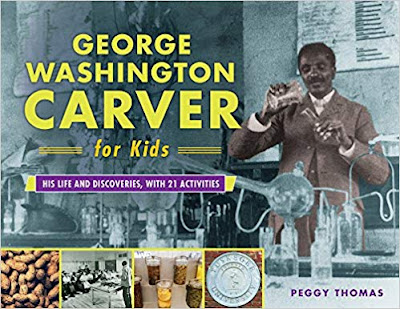Citizen Science Kids Can Do at Home
Today marks the 55th day since schools closed in California. Although state and local governments are working to put a reopening plan into action, schools are going to remain closed for the rest of this 2019-2020 school year, and summer programs are likely going to have difficulty reopening too. So what are kids to do? We have all these children with sharp eyes and brilliant minds, and not much to use them on apart from video games. Enter Citizen Science! As citizen scientists, kids can use their mental energy (and Internet bandwidth) to work toward furthering a good cause like studying wildlife in remote regions of the globe, tracking climate change, learning about distant galaxies, or discovering underlying causes of diseases to move researchers closer to finding treatments. So today I gave a webinar highlighting my personal favorite citizen science projects for kids to try. There are thousands of projects out there, and I must have played at least a few dozen of them be...





